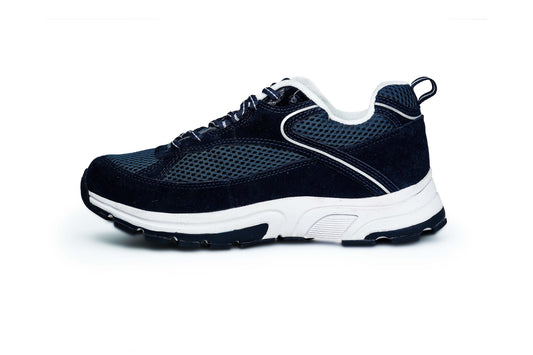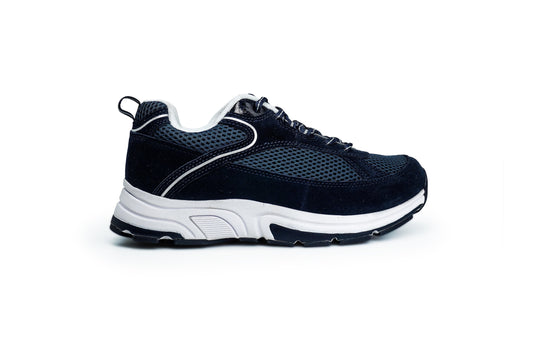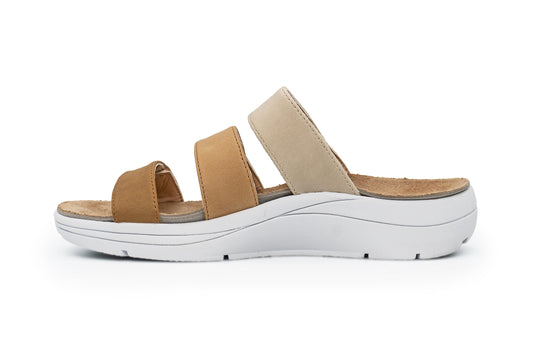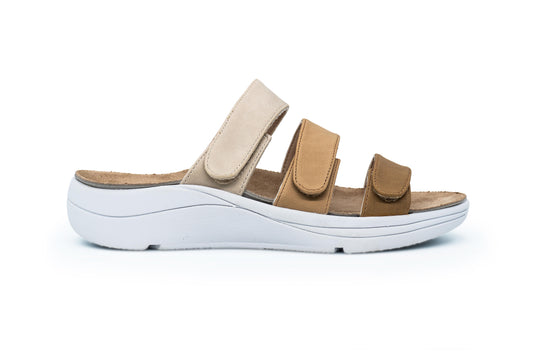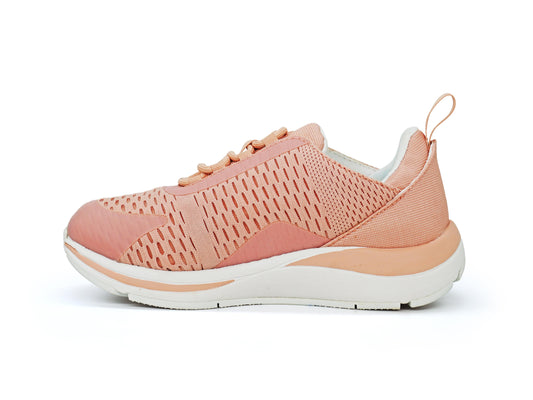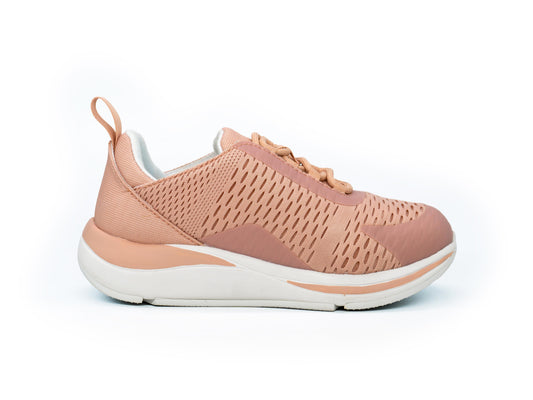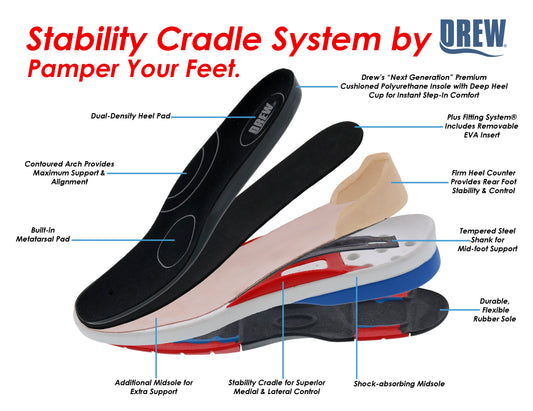Diabetic Foot Care : Understanding, Prevention, and Management
When it comes to living with diabetes, it's crucial to prioritize foot care for maintaining optimal health. Regrettably, the importance of foot care is often overlooked until complications arise.
It is essential to have a comprehensive understanding of the intricate connections between the musculoskeletal, dermatologic, vascular, and neurological systems in order to ensure the best possible foot health for individuals living with diabetes.
Exploring Musculoskeletal Changes
In the realm of diabetes, a series of musculoskeletal transformations take place, resulting in a reduction of intrinsic musculature and restricted joint mobility. These changes may result in deformities such as hammertoes and claw toes, along with conditions like hallux limitus and ankle equinus.
Dermatologic Changes

When diabetes impacts your body's sweat production, it can make your skin more prone to dryness and developing cracks. Furthermore, the ongoing pressure and tension can exacerbate inflammation and ulcers, while the delicate skin on the soles of the feet heightens the risk of developing wounds.
Delving into Vascular Complications

For those living with diabetes, peripheral arterial disease (PAD) can pose a significant challenge. It restricts blood flow to the lower extremities and hampers wound healing, creating a dangerous combination that increases the risk of complications.
Neurological Manifestations
Diabetic neuropathy can greatly affect sensory and motor functions, resulting in a condition called distal symmetrical polyneuropathy. One common symptom of this condition is a noticeable reduction in sensation and muscle strength. When it comes to foot complications, Charcot neuroarthropathy is a condition that can cause joint collapse and deformities, making it quite troublesome.
Prioritizing Diabetic Foot Care
Preventing Complications
By properly caring for your feet, you can significantly decrease the risk of developing ulcers, infections, or facing the possibility of amputation. This translates to fewer trips to the hospital and a decreased likelihood of amputations.
Early Intervention
It's crucial to stay on top of foot health by getting regular examinations and seeking treatment promptly. This can make a big difference in preventing complications, including conditions like Charcot neuroarthropathy.
Informing individuals about proper foot care practices and the importance of wearing suitable Therapeutic footwear encourages them to take control of their own health and seek timely help when needed.
It is essential to take proactive measures to ensure the well-being of your feet. It's crucial to prioritise regular foot exams, wearing the right footwear, and seeking care from different healthcare professionals to prevent any issues.
Significance of Regular Foot Exams
Tailored screening protocols and the frequency of examinations based on individual risk profiles are essential in identifying potential issues at an early stage.
When it comes to preventing ulcers for those at high risk, choosing the right shoes is absolutely crucial. Tailored footwear and specialized offloading devices can make all the difference.
Collaborative Care Approach

A group of medical experts, including endocrinologists, diabetologists, and other specialists, collaborate to offer all-encompassing care for individuals with diabetes. In addition to this, patients are provided with comprehensive education to enhance their understanding of the disease and reduce the risk of complications.
By embracing these principles, individuals with diabetes can embark on a journey towards attaining optimal foot health, averting the grave repercussions of complications, and enhancing overall well-being.
Prioritize your foot health by visiting DiabeticShoe.in, your ultimate stop for comprehensive foot care solutions. Browse through our vast collection of footwear choices tailored for Diabetic feet for both Men and Women!

